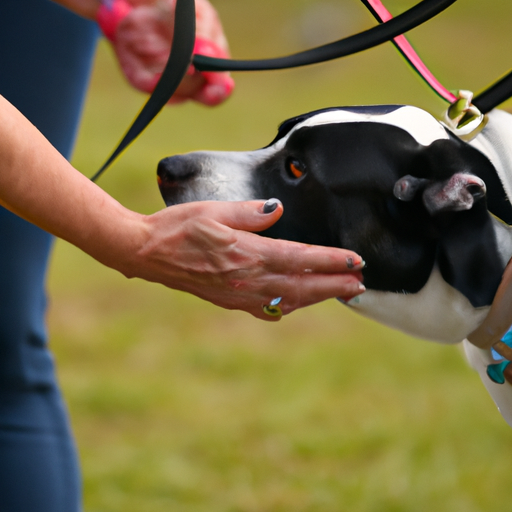The Gentle Leader is a popular tool among dog owners and trainers. It’s a type of head collar that provides a safe and effective way to control your dog’s movements and behavior. However, many people find it challenging to put it on correctly. This comprehensive guide will provide you with detailed instructions on how to put on a Gentle Leader for dogs.
- Key Takeaways:
- Understanding the benefits of a Gentle Leader
- Step-by-step guide on putting on a Gentle Leader
- Tips for getting your dog comfortable with a Gentle Leader
- Common mistakes to avoid
Understanding the Benefits of a Gentle Leader
The Gentle Leader is more than just a leash; it’s a training aid that can help manage your dog’s behavior. It works by applying gentle pressure to your dog’s muzzle and the back of the neck, which helps to redirect their attention towards you. This makes it a highly effective tool for dealing with issues like pulling, lunging, or jumping. Check out this external link for more in-depth information on leash training puppies.
If used correctly, the Gentle Leader can enhance your communication with your dog, making walks and training sessions more enjoyable and productive.
Step-by-Step Guide on Putting on a Gentle Leader
Follow these steps to correctly put on a Gentle Leader:
-
Fit the Neck Strap: The neck strap should fit high on your dog’s neck, just below the ears. Adjust the strap so it’s snug but not too tight. You should be able to fit two fingers between the strap and your dog’s neck.
-
Fit the Nose Loop: Slide the nose loop over your dog’s muzzle. It should rest about halfway between the eyes and the nose.
-
Secure the Clip: Fasten the clip on the neck strap. The nose loop should not be able to slide off over your dog’s head.
-
Adjust the Nose Loop: The nose loop should be loose enough to move towards the fleshy part of the nose, but not so loose that it can slide off. You should be able to fit one finger between the nose loop and your dog’s nose.
-
Attach the Leash: Attach your leash to the control ring on the end of the nose loop.
Tips For Getting Your Dog Comfortable with a Gentle Leader
It’s normal for dogs to resist wearing a Gentle Leader at first. Here are some tips to help them get used to it:
-
Introduce Slowly: Allow your dog to sniff and check out the Gentle Leader before you try to put it on. Give them treats and praise to create positive associations.
-
Use Treats: Use treats to lure your dog’s nose through the nose loop. This can make the process of putting it on more pleasant for them.
-
Start with Short Sessions: Start by having your dog wear the Gentle Leader for short periods of time, gradually increasing the length of time as they get used to it.
-
Be Patient: It can take time for your dog to get used to wearing a Gentle Leader. Be patient and consistent, and always end training sessions on a positive note.
Common Mistakes to Avoid
Here are some common mistakes to avoid when using a Gentle Leader:
-
Incorrect Fit: The Gentle Leader should fit snugly but comfortably. An incorrect fit can cause discomfort and make the Gentle Leader less effective.
-
Pulling on the Leash: The Gentle Leader is designed to provide gentle control. Pulling on the leash can cause discomfort and stress for your dog.
-
Using it as a Muzzle: The Gentle Leader is not a muzzle and should not be used as one. Your dog should be able to open their mouth to pant, drink, and eat while wearing it.
Frequently Asked Questions
Q: Can a dog eat and drink with a Gentle Leader on?
A: Yes, a dog can eat, drink, and pant normally with a Gentle Leader on.
Q: Can a Gentle Leader be used on puppies?
A: Yes, a Gentle Leader can be used on puppies as young as 8-10 weeks old.
Q: How long can a dog wear a Gentle Leader?
A: It’s recommended to only use the Gentle Leader during supervised activities, like walks or training sessions.
So, that’s all about how to put on a Gentle Leader for dogs. Remember, it’s a tool, not a magic wand. It needs to be used responsibly and in conjunction with proper training. For more helpful tips on dog training, check out One Top Dog.



